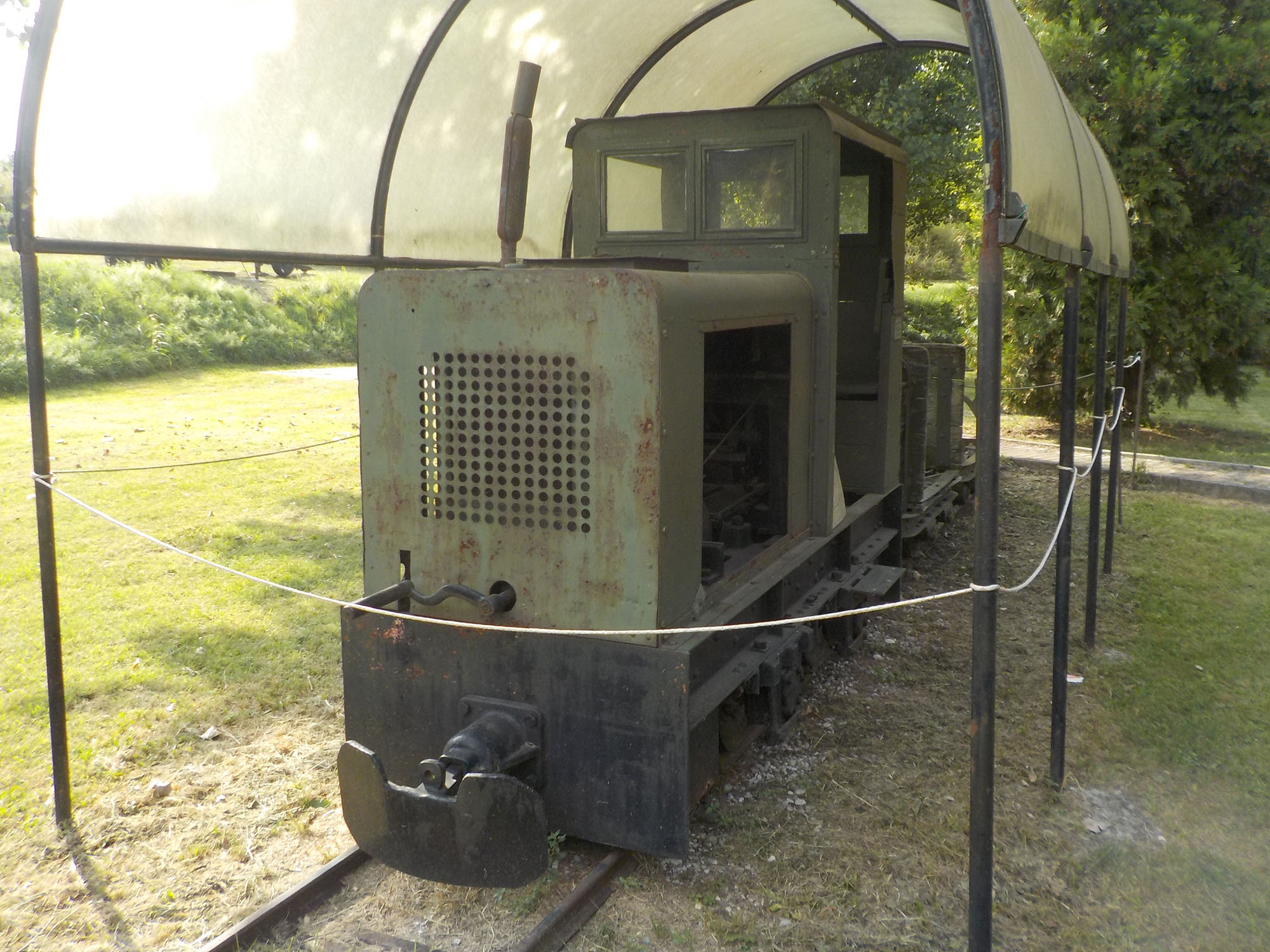Historical Military Museum of Forte Marghera

The Historical Military Museum of Forte Marghera, located in Mestre, Venice, is a cultural institution that tells the military history of the region and the fort itself.
Built between 1806 and 1813 as a defense against the Napoleonic invasion, the fort was active during the First and Second World Wars.
The museum displays uniforms, weapons, equipment, and historical documents that testify to the wartime events and daily life of the soldiers in the fort.
The Military History Museum was born out of the passion of a small group of employees of the former 5th Army Supply Department (formerly 4th Artillery Directorate) and thanks to the availability of the Military Administration in the person of some Directors.
The collection has increased over time through the conservation of materials that were gradually discarded by the Army and by others recovered through the institutional activities of the military body.

Until the closure of the Department, on 30 June 1995, the Museum could only be visited on particular occasions and upon request for access to the Headquarters of the Entity.
It remained, therefore, hidden "among the bastions" of the Napoleonic Forte Marghera, unknown to many citizens who never suspected its existence.

- STRUCTURE
ITALIAN DEFENSIVE BARRACKS
(now museum building)
These artifacts are of Italian origin, built in the period 1883-1900, built in brick masonry designed to protect the troops from enemy attack. They were built inside the lunettes that formed the outer wall to replace the wooden huts, with dimensions of mt. 35.40 per mt. 14 and height equal to mt. 6. These artifacts have undergone considerable alterations in their structural and distribution structure, as they are used for functions other than those for which they were originally designed. Volumetrically simple, they are in fact parallelepipeds with a rectangular base with a semi-cylindrical rear part; whose perimeter wall is made of bricks, with a slit opening and small balconies on the side to be defended, while the opposite side has access doors; they originally had transverse partitions as a bracing structure, also made of bricks, all of which have a first roof slab and steel beams and gabled roofs of wooden structure that suggest their first renovation took place in the years 1915-1918. Now they have significant window openings, entrances were increased, while openings were made in the bracing structures to allow greater internal usability. In the 1970s, it was decided that one of these structures (within the Forte Marghera there were 4), would be used as the seat of the Military History Museum. It was repaved and restored. In 1991/92 they rebuilt the roof and all the necessary works to make the structure as welcoming as possible to visitors.

2. SECTION
FROM MARGERA TO FORTE MARGHERA
(Drawings - Plans - Photographs)
This brief research was conducted to chronologically order the events from the thirteenth century to
our days succeeded in a few hectares of land on which the village of Marghera had developed.
The intention is to provide the person concerned with some precise indications regarding places that are difficult to identify today, in fact, the traces of the ancient village had been lost after considerable and numerous works of slow but continuous modification of the lagoon natural environment which occurred before Venetian hand, through the construction of substantial and important hydraulic works for the protection of lagoon waters from river silting, then by the French and Austrians, in the nineteenth century, to fortify Venice with considerable military defense works, when the Maritime Republic was already in advanced state of forfeiture.
The discovery of some drawings and their comparison with the very detailed surveys of the area, carried out for military purposes, as well as the prolonged frequentation of the places led to the identification of the village of Marghera which stood on the area currently occupied by Forte Marghera of which some artifacts formed part of the buildings of the ancient village. The reconstruction of these events also made it possible to broaden the knowledge of the facts, circumstances and places, previously vaguely cited and whose identification and dating remained doubtful.
The narrowness of the subject treated allowed only a modest deepening of the two causes that contributed so much to the modification of this strip of land. the first consists of hydrographic “diversions” carried out to preserve the lagoon from river silting. The second is due to the geographical location of the area, always strategic, both for trade, as a control point and customs for goods coming from the mainland, and for military defense, as a strong point against storm troops: the normal coexistence of these two values ​​is highlighted here the importance that the area has always had in these centuries as a crossroads between the fluvial, land and lagoon communication routes.
3. SECTION
WEAPONS
(all weapons exhibited at the Museum have been deactivated)
3.1 Long Arms 3.2 Pistols 3.3 White Arms 3.4 Support Weapons
As regards the description of the weapons and parts of them kept in the Museum, please refer to the illustrative sign attached to them.
Map: Historical Military Museum of Forte Marghera
Address: Via Forte Marghera, 30, 30173
Venezia (VE) Veneto
Latitude: 45.4641398
Longitude: 12.1126695
Site: http://www.museofortemarghera....
vCard created by: giulia
Currently owned by: giulia
Type: Building
Function: Museum
Creation date: 02-02-2021 02:57
Last update: 05/05/2023